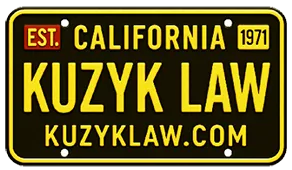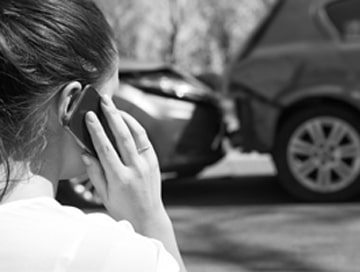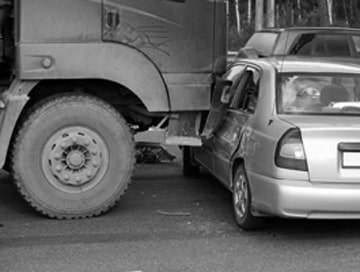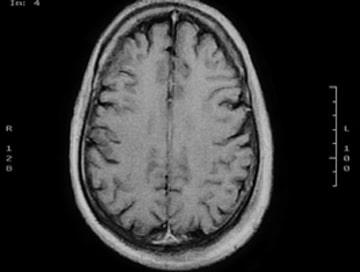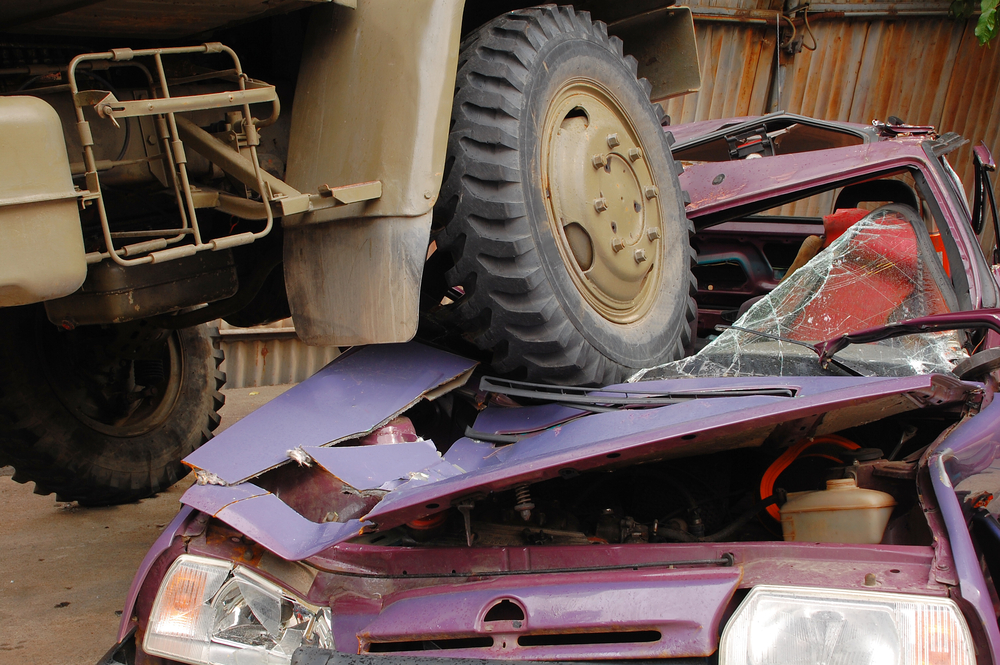
Every year, there are thousands of motor vehicle accidents on California’s roadways, and at first glance, it might seem they are all the same. But if you’ve ever wondered how car accidents differ from truck accidents, you’ll understand they are not at all similar. Here’s a look at both car and truck accidents, comparing the two. If you’ve recently been involved in an accident, knowing the difference can affect how you proceed with your insurance settlement or even a legal case.
Truck Accident Statistics For 2023
Fewer fatalities with truck drivers
According to the Department of Transportation’s (DOT) National Highway Traffic Safety Administration (NHTSA), there were 36,096 total traffic fatalities in the United States in 2019. The NHTSA breaks down motor vehicle accident fatality statistics even further, examining both car and truck crashes.
While there are certainly more cars on the road, the number of occupant fatalities in cars far outstrips those in heavy trucks by a ratio of 12,239 to 892. With more than 15 million trucks operating in the US, you would think crash fatalities would be higher in the truck category. But one reason truck driver fatalities are relatively low is that the nature of a collision with a truck is different from a crash involving two cars. In the former scenario, the truck driver is usually much more protected, unlike when two cars collide and the occupants have more equal chances of being hurt.
Major Differences Between Car and Truck Accidents
Size differential
As you can probably imagine, a collision between a car and a truck is nearly always going to be harder on the car because of the size difference between the two. If you are in a car struck by a truck, the impact is going to be greater because the truck weighs considerably more. A fully loaded semi truck hauling a trailer can weigh tens of thousands of pounds. Most cars, however, only weigh a few thousand pounds.
You don’t even need to calculate the physics to predict the outcome of a car versus truck accident in most cases. And remember, it’s not only the static size and weight of a truck that makes it potentially lethal. It’s the momentum built up when driving at even moderate speeds that is so dangerous for smaller vehicles.
The faster the speed, the more momentum is generated, making any crash with a car much more hazardous. Any injury sustained in a car accident is going to be worse when it occurs at high speed and under greater impact.
Momentum and stopping distance
Truck accidents tend to involve other unique factors too, which relate to the causes of truck accidents, discussed in the section below. Because of their heavy weight and the momentum they generate when moving, trucks need more distance to stop than passenger vehicles. While you may be able to stop your car on practically a dime, a large truck may need hundreds of yards to slow down and come to a stop. Therefore, you see many accidents between cars and trucks involving trucks not able to stop in time before hitting the smaller vehicle.
Tipping accidents
Collisions between cars and trucks also frequently involve trucks tipping. Their long bodies and hard-to-control trailers make rounding turns much more challenging. If there’s not enough room, particularly if the driver misjudges the amount of turning space needed, a tipping accident can result. This can cause the truck to literally crush the smaller vehicle, which can have deadly consequences.
Tipping accidents often involve cargo. It can be loose or come loose during an accident. It may be hazardous, such as chemicals being transported. It’s not just the truck that is a danger in tipping accidents but also the cargo it is hauling.
Greater property damage
Aside from injuries and deaths, accidents involving trucks typically generate more property damage too. The physics that apply to collisions and cause serious car occupant harm result in crushed and totalled cars. It’s much less likely that you’ll have a “fender bender” with a semi; in many instances, the car cannot be repaired or driven again and must be completely replaced.
Accident Investigations and Insurance Settlements with Truck Companies
Complicated post-accident processes
One significant difference between car and truck accidents that deserves its own section here is the subsequent investigation and insurance settlement process after a collision. When you, as a car driver, have an accident with another car, you typically exchange insurance information and settle fairly quickly, even if law enforcement is called to the scene. However, the process is entirely different with most truck accidents.
First, there are many more possible causes to consider in truck accident cases. There may be a protracted investigation period to determine who was at fault and to what degree the truck driver was responsible. The investigation may involve multiple parties with different interests and allegiances.
Trucking companies that employ drivers carry huge insurance policies as required by law. However, insurance carriers do not want to settle easily and lose money, nor do trucking companies want their rates to go up as a result of a large settlement. They will therefore use various strategies to try to avoid big claims payouts. Sometimes they try to have the car driver found at fault or partially at fault.
They may try to force an early settlement before all the facts are in, hoping they can pay less because the car driver just wants to move on or is worried they’ll get nothing if they argue. This comes with the risk of issues arising later, like delayed pain or long-term psychological issues, which may not be addressed in the insurance settlement. This is why many car drivers who are victims in a truck accident decide to call a seasoned truck accident attorney who can help them navigate the settlement or even take the case to court if necessary.
Causes of Truck Accidents
As we’ve already touched on above, there are a number of causes behind truck accidents, and some of them are quite unique. Here are some of the most common reasons trucks are at fault when they get into collisions with cars:
- Driving too fast for conditions, including traffic, road construction, and weather
- Hurrying to make it to a destination by a deadline (truck companies often base compensation on driving time, with drivers penalized for late delivery, even for factors outside their control)
- Failing to allow enough distance to stop
- Distracted driving (for example, talking on a mobile phone)
- Driving under the influence of alcohol or drugs (including prescription or over-the-counter medications)
- Insufficient sleep and driving while drowsy
- Driver inexperience
- Improperly loaded or secured cargo
- Rig not attached properly
- Poorly maintained cab or trailer, including engine, tires, steering, connections, lights, and signals
- Failing to perform the required pre-trip truck and equipment inspection
- Forgetting to put lights on, especially at dawn and dusk or during inclement weather
- Not allowing enough space when making turns
- Failing to signal before passing, turning, or stopping
- Trying to pass another vehicle with too little space
- Failing to yield when required at stop signs, traffic lights, and traffic merges
- Misjudging timing when merging or pulling into intersections
- Unfamiliarity with the local roads
Preventing Accidents with Trucks
Of course, it’s possible that the driver of a car can be at fault too in a car versus truck accident. Therefore, it’s essential to drive defensively to minimize your risk of a collision with a truck. Here are some tips for preventing accidents with trucks:
- Never drive distracted. Avoid talking on your cell phone, which is illegal in California if the device is in your hand. Even talking via an earpiece can be distracting. Turn down the stereo, and make sure kids and pets are properly secured.
- Don’t drive when you’re sleepy or under the influence of alcohol or sedating medications.
- Maintain extra distance from trucks on the road. The faster the speed at which you are driving, the more space you want to put between you and the truck.
- Avoid obviously dangerous truck drivers. If you see a truck weaving, speeding, tailgating, or otherwise driving hazardously, give it extra space. Pull off the road if you have to in order to let it get ahead of you. Report clearly risky behavior by calling 911.
- When given the opportunity, drive in the left lanes, since trucks are usually restricted to the right.
- Watch out for debris flying off trucks. This may be loose cargo, small parts, or shredded rubber if a tire blows.
- Never pass unless you’re absolutely sure you have the space. Watch out for construction zones, bridges, and similar situations where lanes may be narrow.
- Avoid getting caught in between two trucks. Not only might you not be seen but you can also get caught in the draft created by them and pulled out of your lane.
- Stay out of their blind spots. This includes directly behind a truck or in the adjoining lane just behind or next to the truck.
- Never pass a truck (or any vehicle) on its right side.
- Pay attention to turning trucks. Avoid turning right on the inside of a truck also turning right.
- Always signal when changing lanes, pulling off the road, slowing way down, or other situations where you want to call attention to your movement.
- Turn on your lights when on the highway, particularly at sunup and sundown or in bad weather.
- Recognize that trucks need more stopping time than a car. Don’t slam on your brakes going through an intersection if a truck is close behind you. Don’t hold up trucks behind you when going downhill. Use turn offs when available to let trucks pass in situations where they might have less control, like on steep hills or in slippery conditions.
- Be decisive when merging into faster traffic. Use your directional signal and check to make sure there is space, and once you decide to go, don’t suddenly slow down.
- Never engage in road rage. Remain calm and simply get away from any truck that is making you frustrated.
If you really want to become educated about defensive driving, take a driving class. These courses use classroom lectures, videos, and behind-the-wheel training to teach participants how to deal with dangerous drivers, high-speed driving, and emergency situations. The better classes are similar to those given to first responders like police officers, firefighters, and EMTs.
When to Consult a Truck Accident Attorney
Protecting your rights
You can consult a truck accident attorney any time after a collision, regardless of how badly you were injured or if there was extensive damage to your vehicle. You can discuss the ensuing accident investigation, insurance settlements, medical care, and damages you feel you might be owed. An attorney experienced in this area will help make sure your rights are protected. In fact, you may not wish to give any statement at all following an accident until you have spoken with a Bakersfield personal injury lawyer.
A truck accident attorney can take over negotiations for you, so you don’t have to deal with the stress, intimidation, and anxiety of a time-consuming insurance settlement argument. They have the resources to assemble documents and pursue medical and police evidence.
If it looks like the case should go to court, your attorney can represent you and make sure your side of the story is told. You don’t want to pass up the insurance settlement or legal damages you’re entitled to. By hiring an attorney who is familiar with truck accident law, you get a professional who knows the regulations in the trucking industry and nuances involved in court cases.If you or a loved one have been involved in a truck accident in the Antelope Valley, contact Kuzyk Personal Injury & Car Accidents Lawyers, headquartered in Lancaster, California, to learn more about your rights. We have won many settlements and court cases involving truck accidents. We can make sure you get the compensation you deserve, such as damages, pain and suffering, medical bills, and lost wages. Call us at 661-945-696, or reach out online today for a free consultation.
